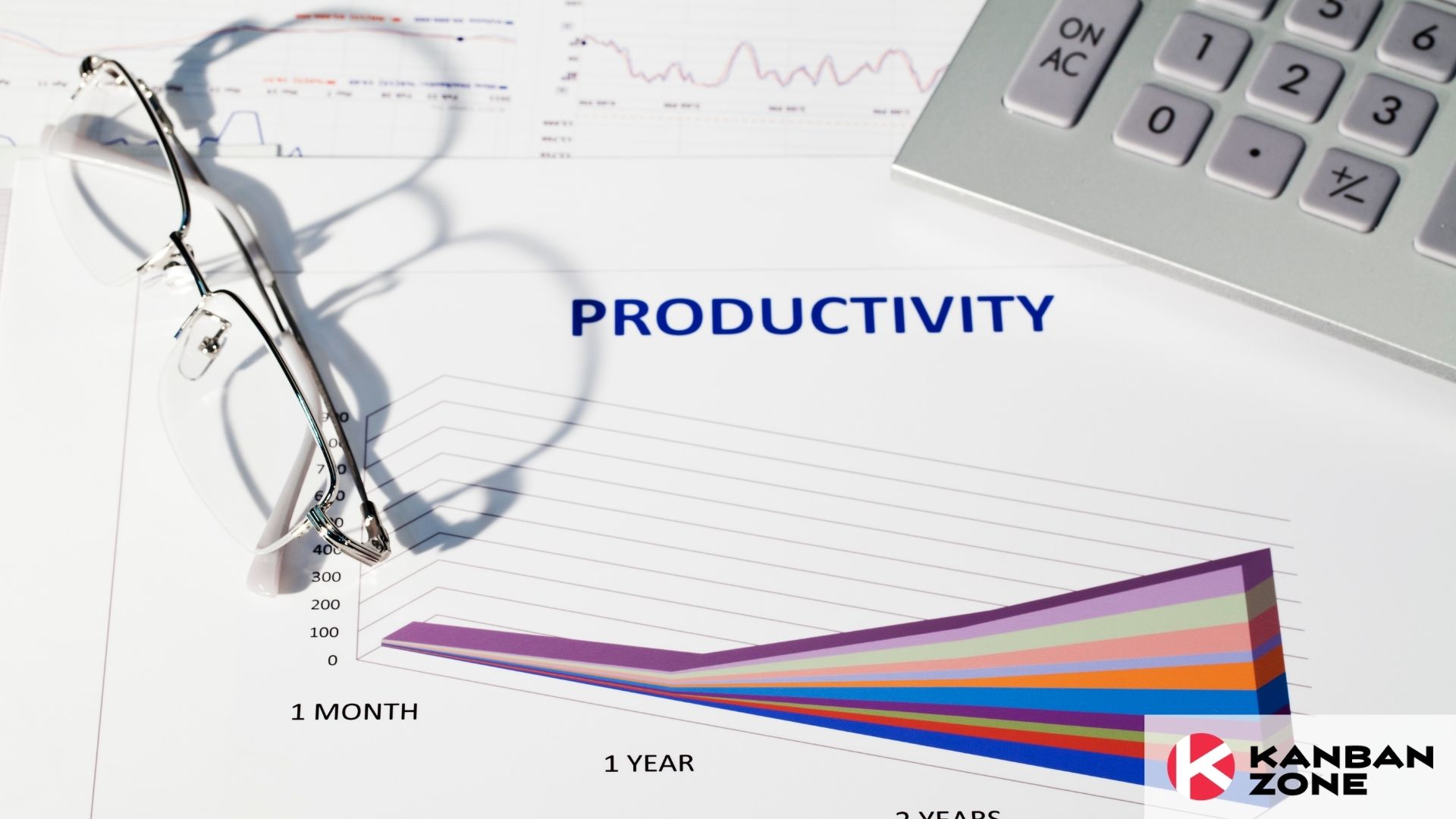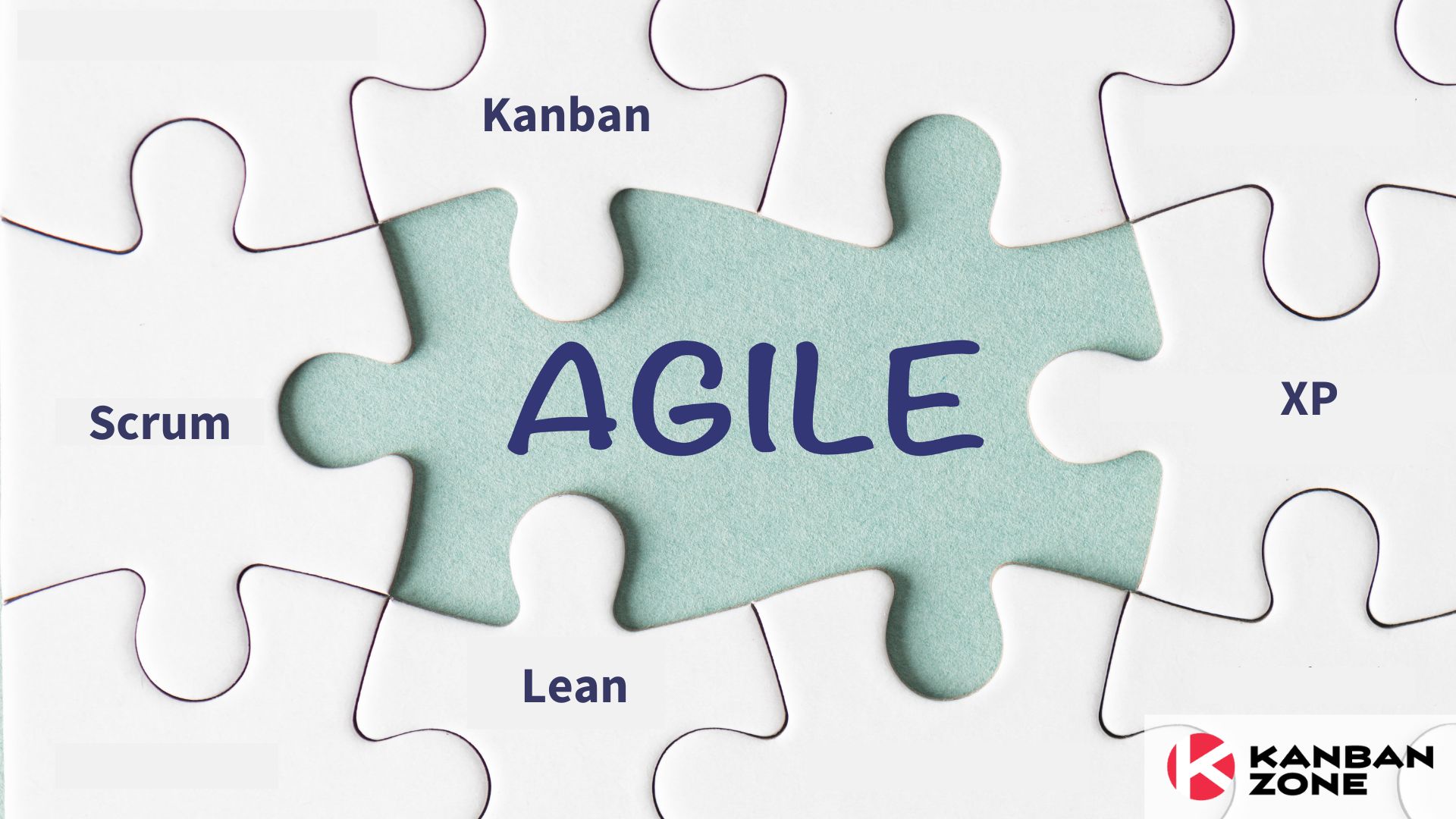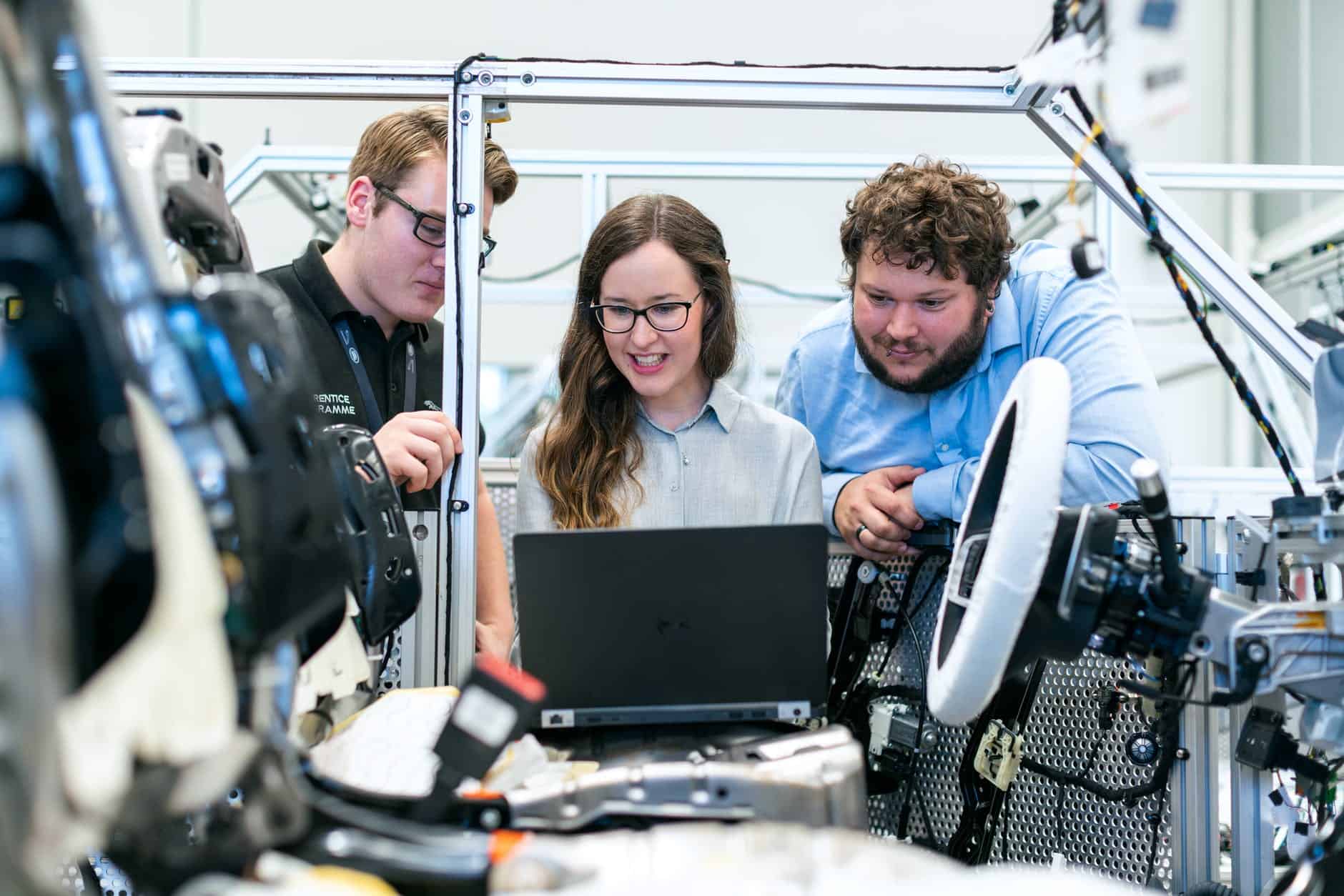
When it comes to business improvements, it’s important that leaders know what processes in the organization they need to work on and be able to come up with ways to add value to every task involved. But given the large bulk of managerial tasks most business leaders have to face daily, it’s easy for them to lose sight of the real issues that need to be resolved or improved. As a solution to this problem, Toyota’s process improvement leaders came up with a business practice that is called the “Gemba walk”.
The Definition of Gemba
Gemba, which is also spelled less commonly as Genba, is a Japanese word that means “the real place”, or in business, “the place where value is created”. Gemba is a term commonly used in the manufacturing industry, where the factory floor is considered the gemba, but ultimately, the word gemba can refer to any location — a sales floor, production floor or a construction site, where a service provider can directly interact with the consumer.
What is Gemba Walk?
The Gemba Walk is a fundamental part of the Lean management philosophy which involves the practice of seeing the actual work, understanding the processes involved, and asking questions about it, all for the purpose of learning. This practice is performed to give the leaders or staff involved the opportunity to walk around and observe the workplace for the purpose of identifying wasteful activities.
What is the Purpose of a Gemba Walk?
Organizations perform Gemba Walks to give their managers and other employees an avenue to understand the value stream and its problems, all for the purpose of figuring out means for improvement. As part of the Lean management principles, performing Gemba Walks daily is highly encouraged as it allows team leaders to look for wastes and opportunities to kaizen their processes.
Preparing for a Successful Gemba Walk
Business leaders have different views about Gemba walks. Some managers view them as a crucial and very effective method for connecting with their team members while finding opportunities for business improvement. On the other hand, a number of managers consider it unnecessary and a waste of time and resources. But when done properly, your Gemba Walk can open up doors to bigger opportunities for your organization and help you streamline your operations, minimizing waste. To help you accomplish a successful Gemba Walk, preparation is key. Here are six crucial steps to follow to be able to organize a successful Gemba Walk.
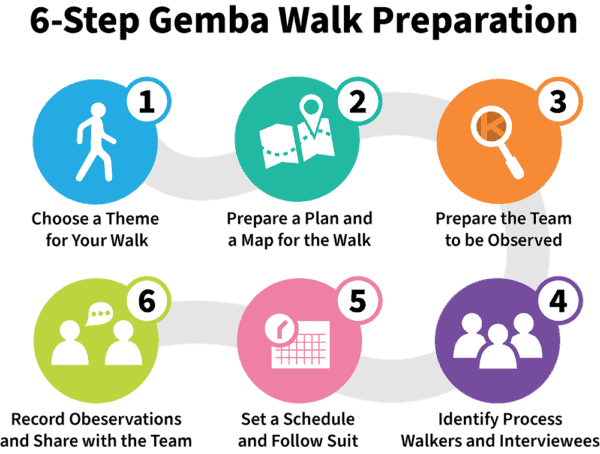
1. Choose a Theme
The first step of your preparation is to identify the main purpose of your Gemba walk. What do you want to observe? By choosing a theme for your walk, you can help your team focus their efforts on what part of your operations they need to observe. This can also help you in preparing a set of questions your team can use for the Gemba Walk, which can improve the way you gather information and identify rooms for improvement.
2. Prepare a Plan and Map
Once you have identified a theme, the next step is to plan out your Gemba Walk. In consideration to your theme, which department or section of your organization can you do the Gemba walk in? Once you have identified the location for the walk, be sure to prepare a plan and a map that will serve as a guide for the staff who will be joining the Gemba walk. Preparing a map and a plan will help you avoid wasting time trying to figure out where to go next. With a concrete plan to follow and with a map to serve as your guide, you will be able accomplish your Gemba walk smoothly.

3. Prepare the Team to be Observed
Once you have a plan laid out for your Gemba walk, it’s time to prepare the team to be observed, as well as the team that will observe. The team to be observed should know who and how many will be observed, as well as the theme of the Gemba walk. Everyone should be made familiar with the concept of Gemba walk, that its a common practice in various organizations, organized with kaizen or continuous improvement as the ultimate goal. This way, the team to be observed will feel more at ease and will be more willing to collaborate with the observers. At the same time, the observers should also be made aware that the purpose of the Gemba walk is to observe and understand the current process, not to provide comments or feedback about what is being done.
4. Identify Walkers and Interviewees
As part of preparing the team for the Gemba walk, you should also identify the people who should join the walk and the people to be interviewed by the participants of the walk. When choosing both walkers and interviewees, see to it that their participation is crucial for the Gemba walk, especially in relation to the theme you have selected.
5. Set a Schedule for the Walk
The next step is to choose a schedule for the Gemba walk. You should take into account the availability of everyone you have identified to be a part of the Gemba walk. At the same time, see to it that observation is set during normal operation hours, when regular workflow is being carried out, especially by the team to be observed.
6. Record Observations and Share with the Team
During the Gemba walk, it’s important to remind the walkers of the theme and purpose of the walk. See to it that they have noted with them to allow them to write down all of their observations, including answers to questions raised during the walk. These observations from the walk are crucial in helping the observers come up with better means to improve the processes they have observed during the Gemba walk.
Once observations are gathered, the team should all then share everything they found out or learned during the walk. The team that was observed should be given an outline of the observations. And if changes or improvements are to be made in relation to the observations of the walkers, then everyone should also be made aware of these upcoming changes.
Gemba Walk Questions You Should Ask
When it comes to organizing the Walks, questions should also be given importance as these questions can help your team run a successful and fruitful Gemba walk. To help them understand the processes that they are going to observe, here are seven useful questions that they should ask.
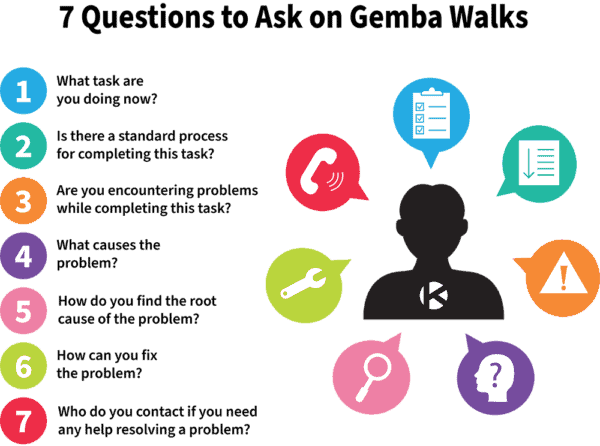
Post Gemba Walk: What to Do Next?
After the Gemba walk, it’s important for everyone who participated in the walk to compile their observations so that action can be taken towards process improvement. The next step should be to set up a post-Gemba walk meeting, also known as the Kaizen circle, where participants can share their thoughts and observations from the recently concluded Gemba walk with the leadership team.
Through the Kaizen circle, participants are tasked to identify items in the process that are of value and non-value. The purpose of this meeting is to create an improvement plan based on the observations made by the walkers. It’s important that the set of feedback be organized and well thought of before it is handed over to the leaders of the team that was observed. Once the feedback is forwarded, the Gemba walk process is closed. Conducting a good post-Gemba walk shows respect to the people who have been observed and provides meaningful actions that will help you build a better “place where value is created”.
Conclusion
Performing a Gemba walk benefits, not just the organization’s leaders, but also the team members who are in the frontlines. Through these walks, processes can be streamlined and everyone’s jobs can be made easier and be given more value. And by combining your Gemba walks with other process management tools, such as a kanban board, continuous improvements can be achieved. To enhance your productivity and add more value to your daily processes, use Kanban Zone. Boost your team’s focus and start delivering value faster.
Learn to Work Smarter, Not Harder!
Get our top articles weekly.
Table Of Contents
Discover many more posts…



